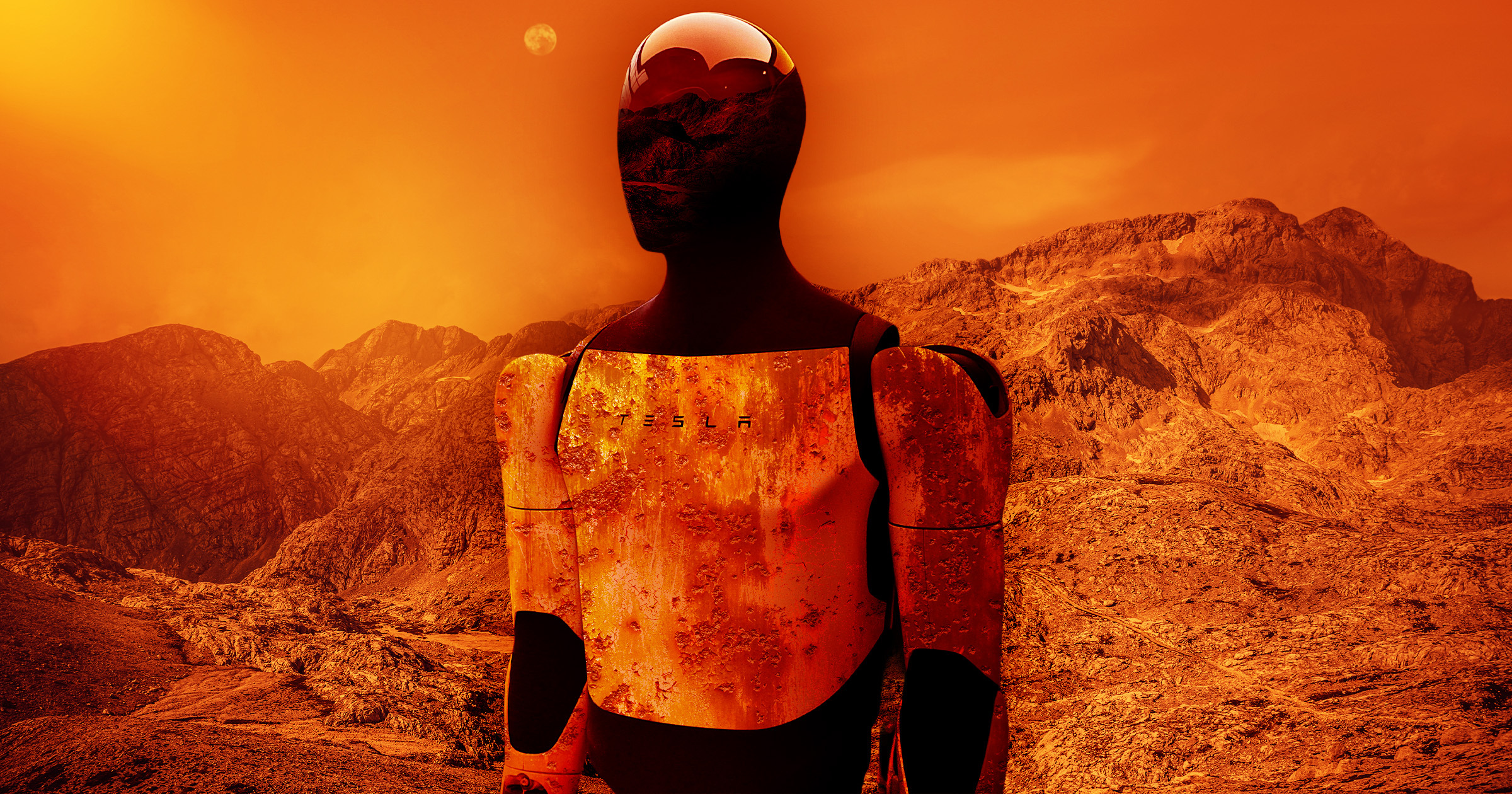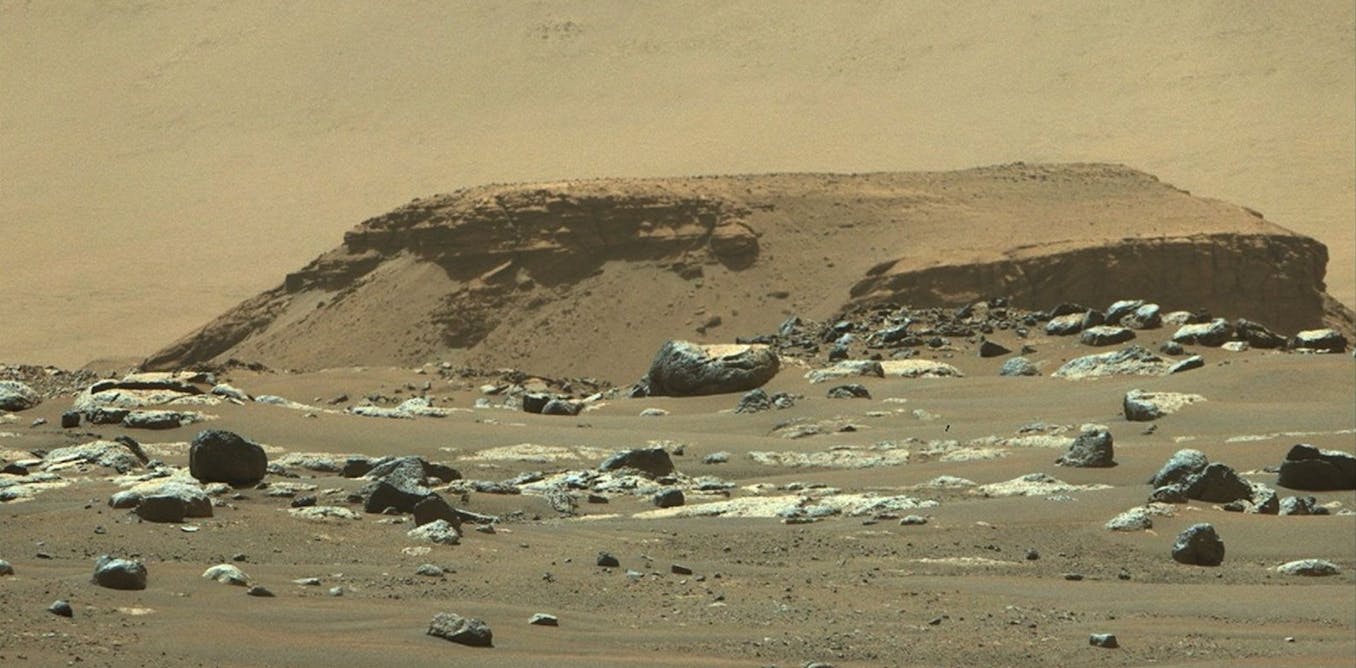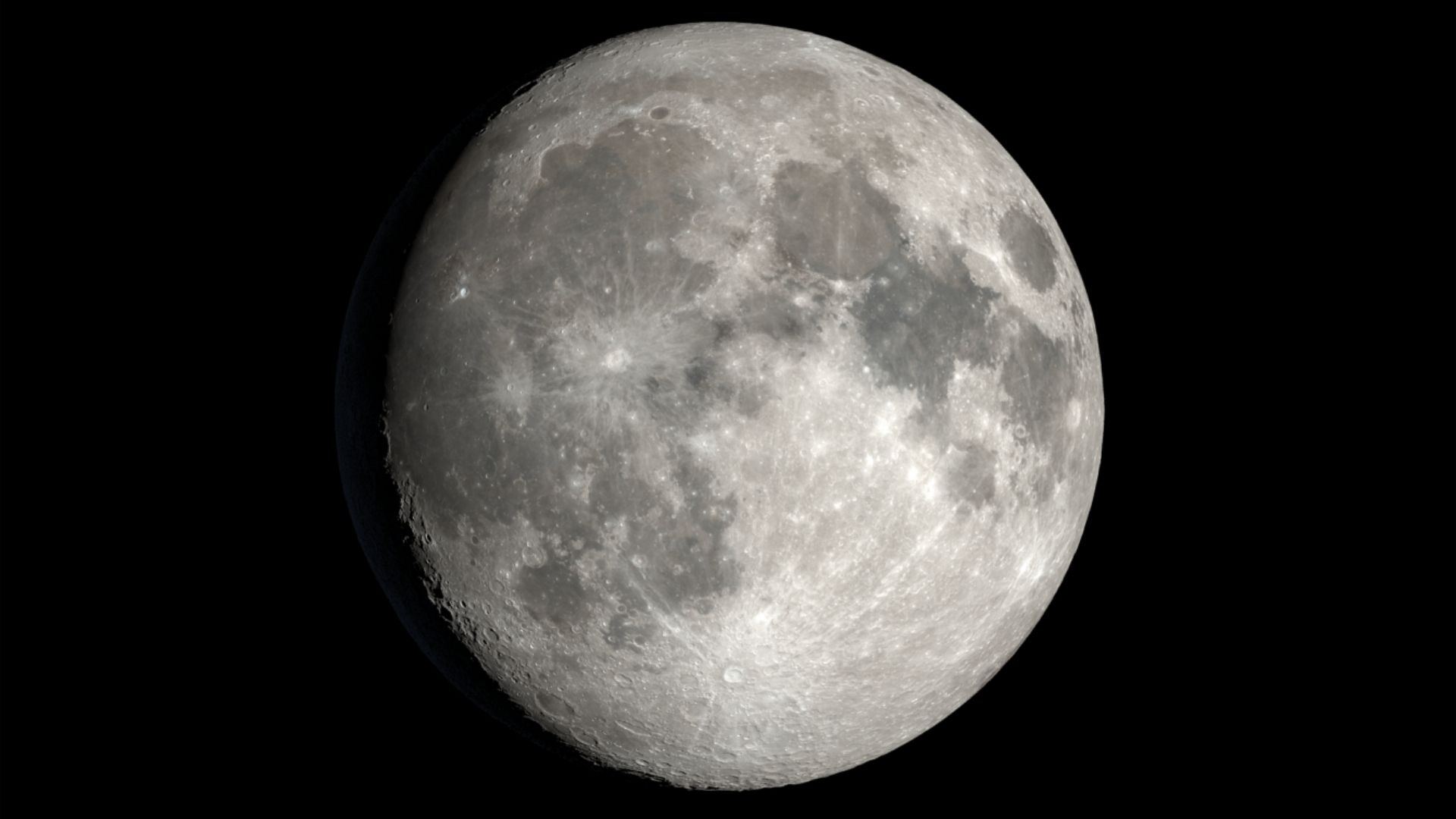For more than twenty years, the Mars Express orbiter has studied the Red Planet and remains the European Space Agency’s (ESA) only operational mission. In that time, it has provided the most complete map of the Martian atmosphere and its chemical composition. It has also studied Mars’ innermost moon (Phobos) in stunning detail, and traced the flow channels, delta fans, and chaos terrain that demonstrate that liquid water once flowed on the planet’s surface. In addition, the images taken by the orbiter have been used to create detailed mosaics that have breathtaking 3D views of the landscape.
In a recently released film, the ESA’s Mars Express takes viewers on a flight over Xanthe Terra, a highland region just north of the equator. The film is a mosaic created from images taken during single-orbit observations by the Mars Express’ High Resolution Stereo Camera (HRSC). The images were combined with topography information from a digital terrain model (DTM) to create a three-dimensional view of the Martian landscape. The main feature in this video is Shalbatan Vallis, a 1300 km-long (~800 mi) outflow channel that transitions from the Southern Highlands to the Northern Lowlands.
This channel is one of many that crisscross Xanthe Terra and adjacent regions, such as Lunae Planum, Margaritifer Terra, and others, which are part of the larger Oxia Palus quadrangle. Based on data obtained by dozens of missions going back to the Pioneer probes and the Viking missions, scientists believe that Shalbatan Vallis and similar channels in the region fed water from the Southern Highlands into a planet-wide ocean in the Northern Lowlands. Many of these features are connected to Valles Marineris, the largest canyon system in the Solar System that is also believed to have once contained water.
The tour culminates in a spectacular view of the 100 km-wide (62 mi) Da Vinci crater, which contains a smaller crater and debris field caused by a more recent collision. Check out the full video below or watch the broadcast-quality footage here.
Further Reading: ESA
Source link


